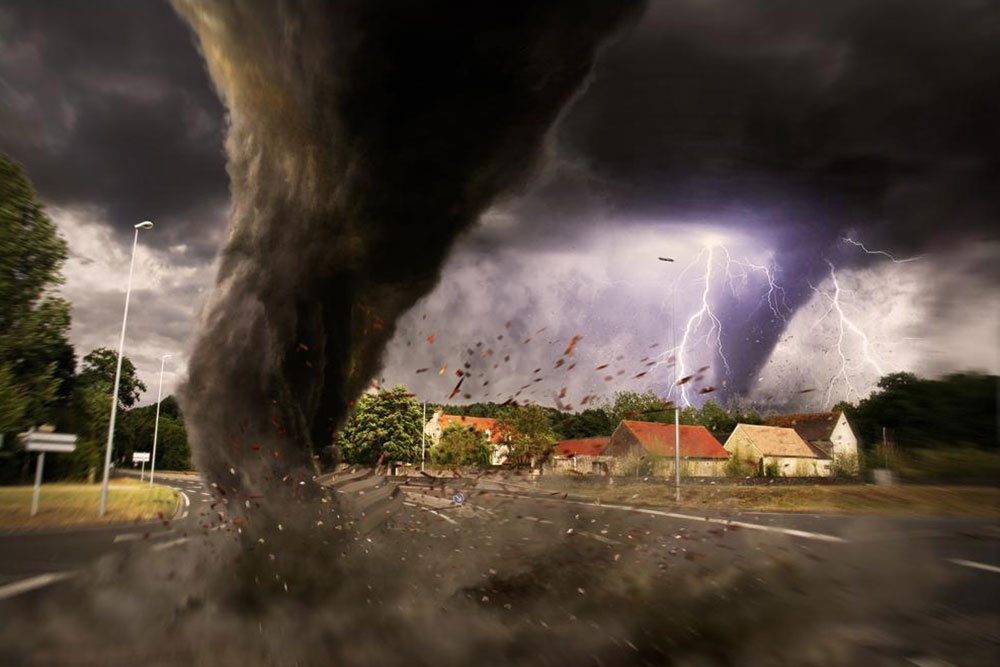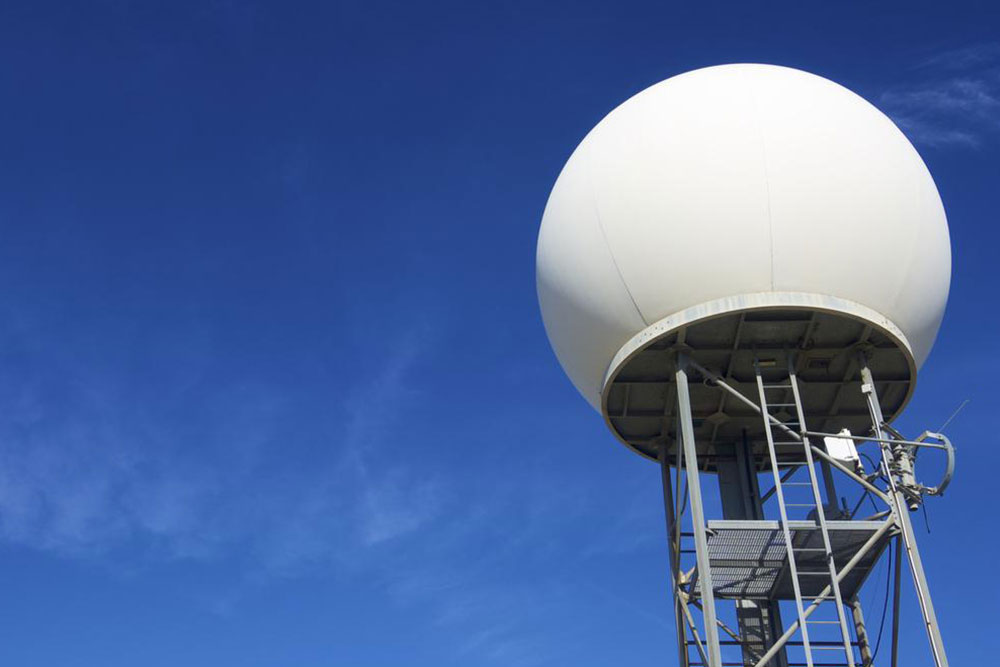Exploring the World of Storm Chasing: History and Modern Practices
Discover the history and modern practices of storm chasing, from its origins in the 1950s to today's recreational and scientific activities. Learn about the equipment, motivations, and diverse backgrounds of storm enthusiasts, as well as their contributions to weather research and public safety.
Sponsored

Storm chasing began in 1956 when North Dakota's David Hoadley started tracking storms by collecting data from weather stations and airports. The field gained momentum through efforts by Neil Ward and the University of Oklahoma, which launched the tornado intercept initiative in 1972. Today, storm chasing is primarily a recreational activity focused on photography and videography, attracting adrenaline seekers eager for thrills. While mostly for entertainment, some storm chasers contribute to scientific research by reporting real-time weather conditions, aiding weather forecasts and storm databases.
Typically, small vehicles equipped with weather tracking gear and radars are used for chasing storms, often accompanied by RVs carrying monitoring equipment. Most chasers are volunteers, with a few profitable by selling footage or working for media and research. No specific qualifications are required; training courses are offered by the National Weather Service during spring. Participants come from diverse backgrounds, mainly from the US central and southern regions, with an average age around 35 and many holding college degrees. Most chasers are male, ranging from teenagers to seniors.





